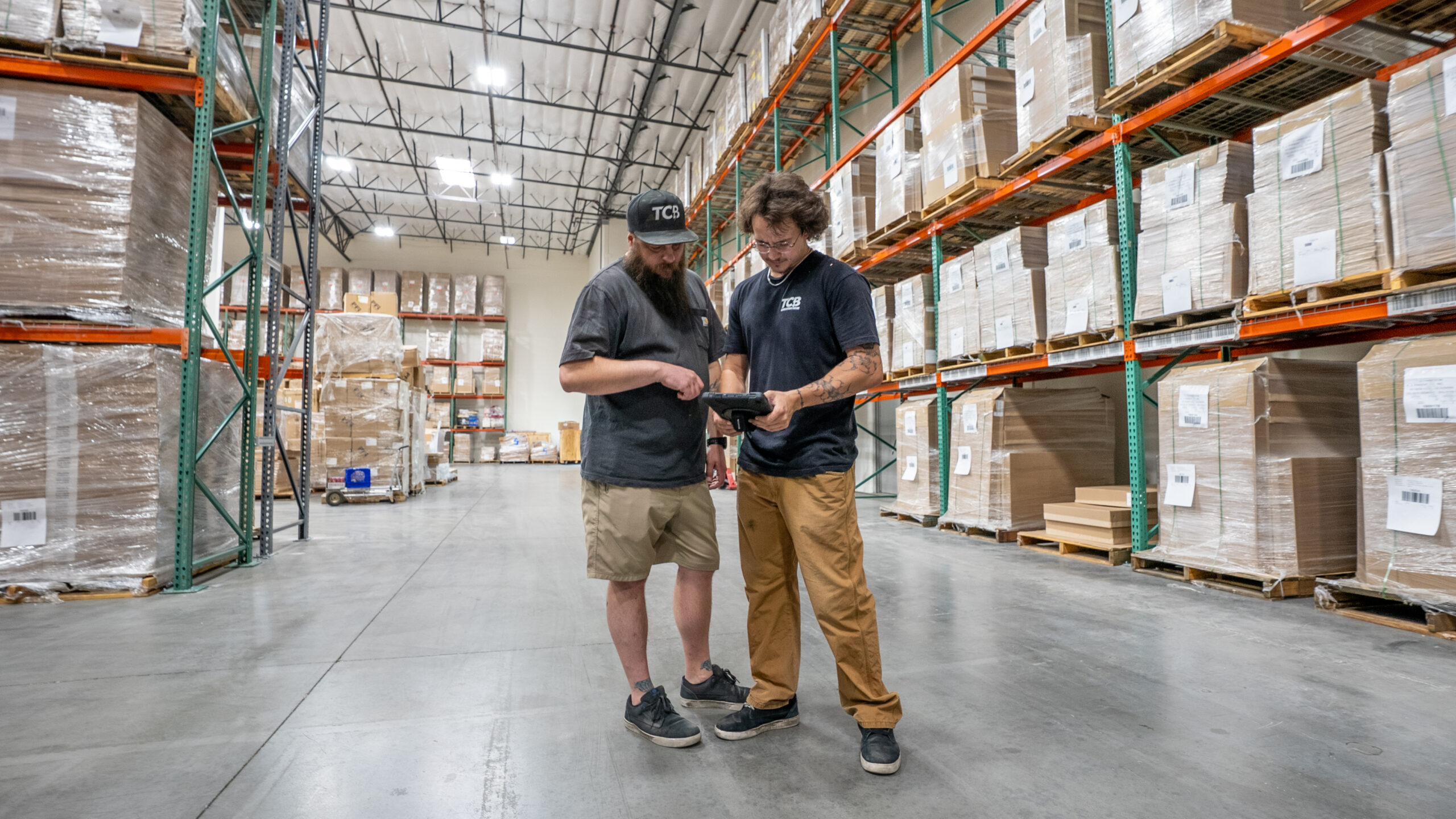Cost-effective logistics is no longer about chasing the cheapest rate—it’s about creating smart, resilient systems that balance cost, service, and scale. At TCB Group, we help businesses reduce logistics expenses through proven strategies and emerging technologies—without compromising performance.
The State of Logistics in 2024
According to the 2024 State of Logistics Report, produced by Kearney for the Council of Supply Chain Management Professionals (CSCMP) and presented by Penske Logistics:
- U.S. business logistics costs reached $2.3 trillion, or 8.7% of GDP
- Over 1,000 U.S. freight brokers exited the market since 2023
- Supply chains face new pressures from geopolitical instability, climate disruption, and sluggish global demand
- Large shippers are beginning to monetize their internal logistics operations
This environment demands lean, tech-supported logistics strategies that reduce cost while maintaining agility.
What Makes Logistics “Cost-Effective”?
Cost-effectiveness is not just about reducing freight rates. It means optimizing your total cost-to-serve while maintaining delivery speed, accuracy, and flexibility. Companies that succeed in this area focus on:
- Reducing unnecessary touchpoints and transit zones
- Matching mode and carrier to shipment profile
- Aligning inventory with real demand
- Leveraging data and automation to reduce manual overhead
Three Ways to Reduce Logistics Costs Right Now
1. Diversify Your Carrier Mix
Relying on a single national provider can limit negotiation leverage and increase costs. As Shipware explains, incorporating regional and local carriers enables:
- Lower delivery costs in metro areas
- Reduced accessorial fees
- Faster delivery windows for specific geographies
- More flexible service during peak demand
TCB helps clients design tiered shipping networks to improve efficiency and resilience.
2. Reduce SKU and Inventory Bloat
Carrying too many low-velocity SKUs leads to excess warehousing costs and slow fulfillment. According to McKinsey & Company, up to 30% of inventory in typical organizations is made up of obsolete or slow-moving goods.
By streamlining SKUs, rebalancing inventory across warehouses, and addressing aging stock, companies can free up working capital and improve pick-pack efficiency.
3. Consolidate Freight
Less-than-truckload (LTL) shipments and underfilled trailers drive up cost-per-unit. Coordinating shipments across orders, facilities, or clients allows companies to better utilize freight capacity. The 2024 CSCMP report highlights freight consolidation as a key tactic for reducing waste and lowering total transportation spend.
Pro Tip: Smarter Freight Through In-House Technology
Businesses with moderate to high shipping volume can significantly improve margins by adopting routing and lane optimization tools.
At TCB, we’re actively developing logistics technology that helps clients:
- Optimize carrier selection dynamically
- Identify underutilized capacity
- Analyze shipment patterns for improved lane planning
These tools reduce manual workload and improve freight planning decisions in real time.
Technology as a Force Multiplier
Cost savings are increasingly tied to automation, predictive analytics, and flexible architecture. According to Gartner’s 2025 Supply Chain Technology Trends, leading logistics organizations are focused on:
- Hyperautomation of warehouse and fulfillment operations
- Composable tech stacks for easier integrations
- Digital twins and AI-powered forecasting tools
- Edge ecosystems for real-time processing and visibility
These technologies form the backbone of scalable, cost-effective supply chains.
The Opportunity for Measurable Cost Reduction
While savings depend on volume, product type, and fulfillment complexity, logistics cost reductions in the 10–30% range are common among businesses that:
- Shift from single-carrier models to multi-tiered networks
- Eliminate underperforming SKUs and reduce inventory drag
- Adopt shared freight and zone-skipping strategies
- Implement routing optimization and forecasting tools
TCB Group supports clients through these transitions using a consultative, data-driven approach rooted in operational efficiency and supported by emerging technology.
Partner With TCB Group
We design and implement cost-effective logistics systems for clients across retail, manufacturing, healthcare, and B2B sectors. Whether you need a fulfillment strategy, carrier diversification plan, or integrated supply chain architecture, we help you lower costs and increase performance.
Contact TCB Group
Let’s build a logistics strategy that does more with less. Contact us today to start your cost-efficiency review.


